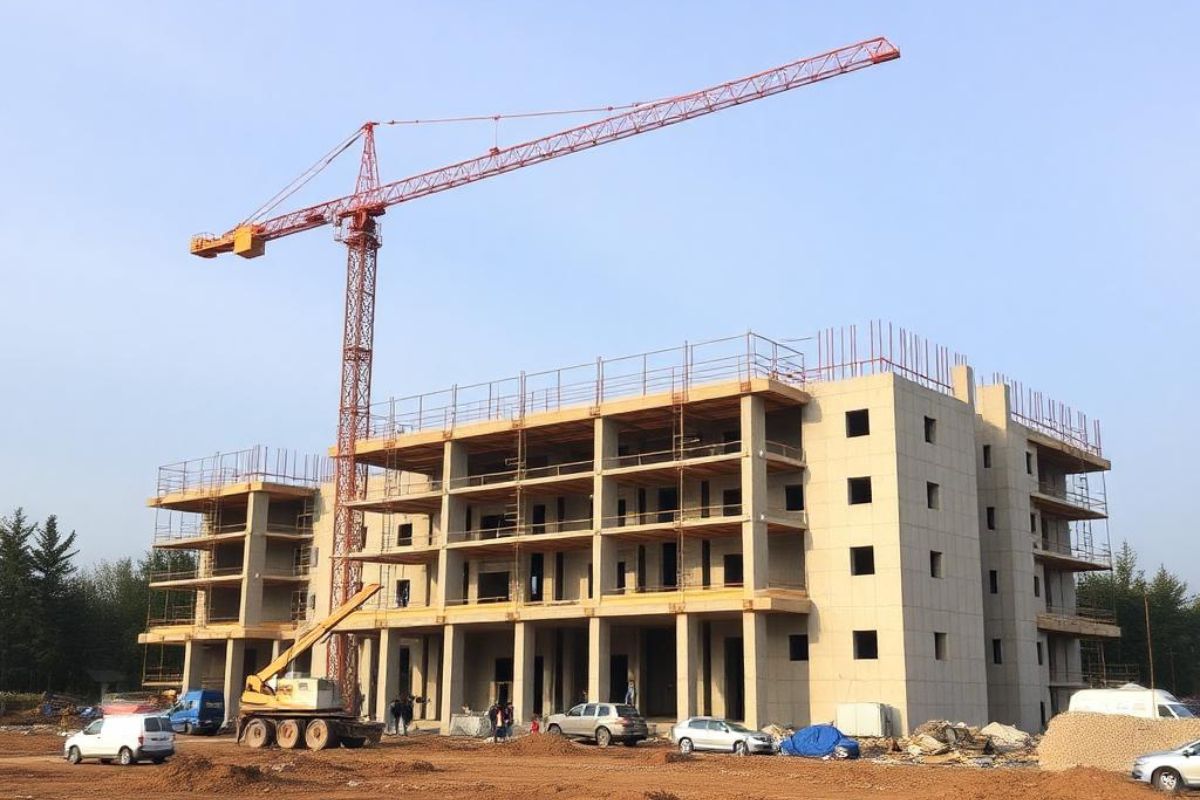How to Prepare Your Home for a Successful Remodeling Project?

Image Source: Canva
Remodeling a home is an exciting, yet challenging, endeavor. Whether you're planning to renovate your kitchen, update your bathroom, or add extra space, preparation is key to ensuring a smooth and successful project. Properly getting your home ready can save you time, money, and unnecessary stress. Here’s how you can effectively prepare your home for a remodeling project.
1. Plan and Set Realistic Expectations
One of the most critical steps in home remodeling preparation is setting clear, realistic expectations. Whether you’re working with a home remodeling company or handling the project yourself, define the scope of your project, timeline, and budget. A thorough plan will keep you on track and help avoid last-minute changes, which can lead to delays or budget overruns.
- Research: Start by researching what you want to achieve. Look into styles, materials, and designs that suit your needs and budget.
- Set a Budget: Be realistic about the costs. Include expenses for labor, materials, and any unforeseen issues that might arise during the remodeling process.
- Timeline: Understand that home renovations take time. Consult your contractor on how long each phase of the project will take to ensure a practical timeline.
2. Hire the Right Contractor
Hiring a qualified and experienced contractor can make or break your remodeling project. Look for contractors with a strong reputation, proven experience, and positive client feedback. Ask for references and check reviews to ensure that they have experience in the type of project you're planning.
Key factors to consider when hiring:
- Licensing and Insurance: Ensure the contractor is properly licensed and insured to avoid any liability issues.
- Written Contract: Get everything in writing, including the project timeline, scope, and payment schedule.
- Communication: Make sure the contractor is open to communication and provides regular updates on the project’s progress.
3. Declutter and Pack Away Valuables
Remodeling creates dust, debris, and general chaos. Decluttering your home before the project begins can help protect your belongings and provide more space for the renovation team to work. Clear out areas that will be remodeled, and consider moving valuables to a safe location.
- Remove Furniture: Move furniture out of the remodeling area to avoid damage. If you don't have space, consider renting a storage unit for the duration of the project.
- Protect Surfaces: Cover floors, walls, and any immovable items with protective materials like plastic sheets or tarps.
- Relocate Valuables: Move fragile or valuable items to a different part of your home or a temporary storage facility.
4. Prepare for Temporary Living Arrangements
Depending on the size and scope of your project, you may need to make temporary living arrangements, especially if the renovation involves major systems like plumbing or electricity. If you're remodeling a kitchen, you might not be able to cook for a while, or if it’s your bathroom, you’ll need an alternative for showers.
How to prepare for temporary disruptions:
- Set Up a Temporary Kitchen: If you're remodeling your kitchen, consider setting up a small kitchen space with essentials like a microwave, coffee maker, and a mini-fridge in another part of your home.
- Plan for Bathroom Use: In case of bathroom renovations, prepare by either scheduling the use of other bathrooms in your house or staying with friends or family if needed.
- Noise and Dust: Remodeling can be noisy and dusty. If you have family members with allergies or respiratory issues, plan ahead by setting up clean air zones or temporary accommodations elsewhere.
.jpeg)
5. Coordinate Utilities and Permits
Many remodeling projects involve electrical, plumbing, or structural work that requires permits and coordination with utility companies. Make sure that your contractor is handling these aspects or take the initiative to coordinate yourself.
- Permits: Ensure all necessary permits are obtained before the project starts. Failing to get the proper permits can lead to fines or delays.
- Utility Shut-offs: For projects that involve plumbing or electricity, there may be times when services need to be shut off. Coordinate these with your contractor to minimize disruption.
6. Communicate Regularly With Your Contractor
Constant communication with your contractor is vital to staying updated on the progress of your project. Schedule regular check-ins to discuss any potential changes, concerns, or questions that arise during the remodeling.
Topics to regularly discuss:
- Progress Reports: Request updates on how the project is going and if it’s on track with the timeline and budget.
- Adjustments: If something isn’t going as planned, talk about it immediately to prevent bigger issues down the road.
- Final Walkthrough: Before the contractor finishes, perform a final walkthrough to ensure everything is completed to your satisfaction.
7. Be Flexible and Prepared for Surprises
Even with the best preparation, remodeling can come with unexpected surprises. Materials might not arrive on time, hidden damage could be uncovered, or design changes may be necessary once the project begins. It’s essential to remain flexible and be prepared for the unexpected.
- Plan for Contingencies: Set aside an additional 10-15% of your budget for unforeseen issues.
- Be Adaptable: Be ready to make quick decisions if problems arise, and trust your contractor to provide alternative solutions when needed.
Conclusion
Preparing your home for a remodeling project is about more than just the construction process itself. It involves careful planning, protecting your belongings, ensuring smooth coordination with contractors, and being adaptable throughout the process. With the right preparation, you’ll be able to turn your remodeling dreams into reality, while minimizing stress and maximizing success.









